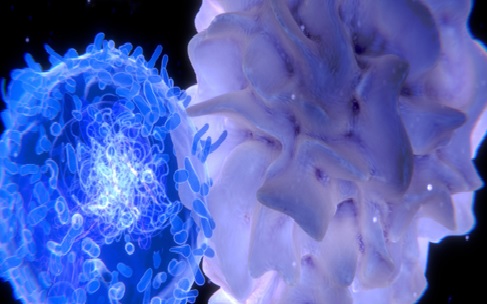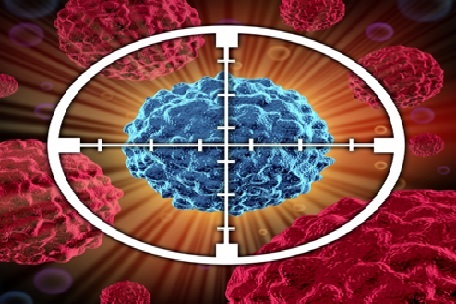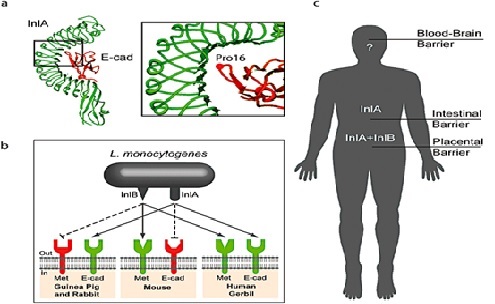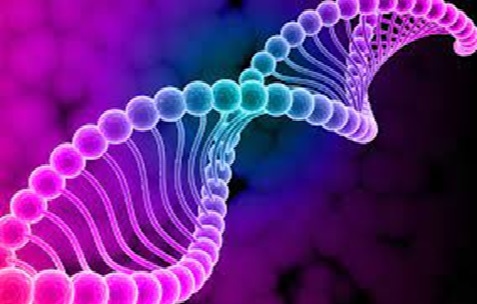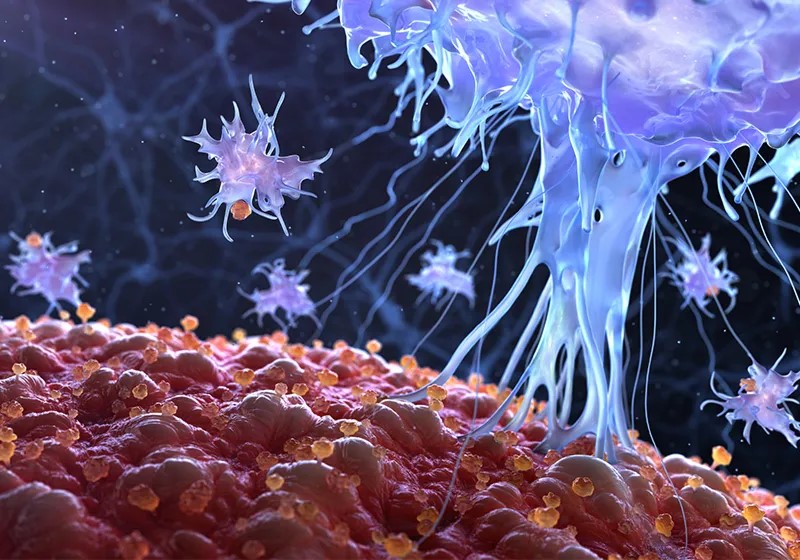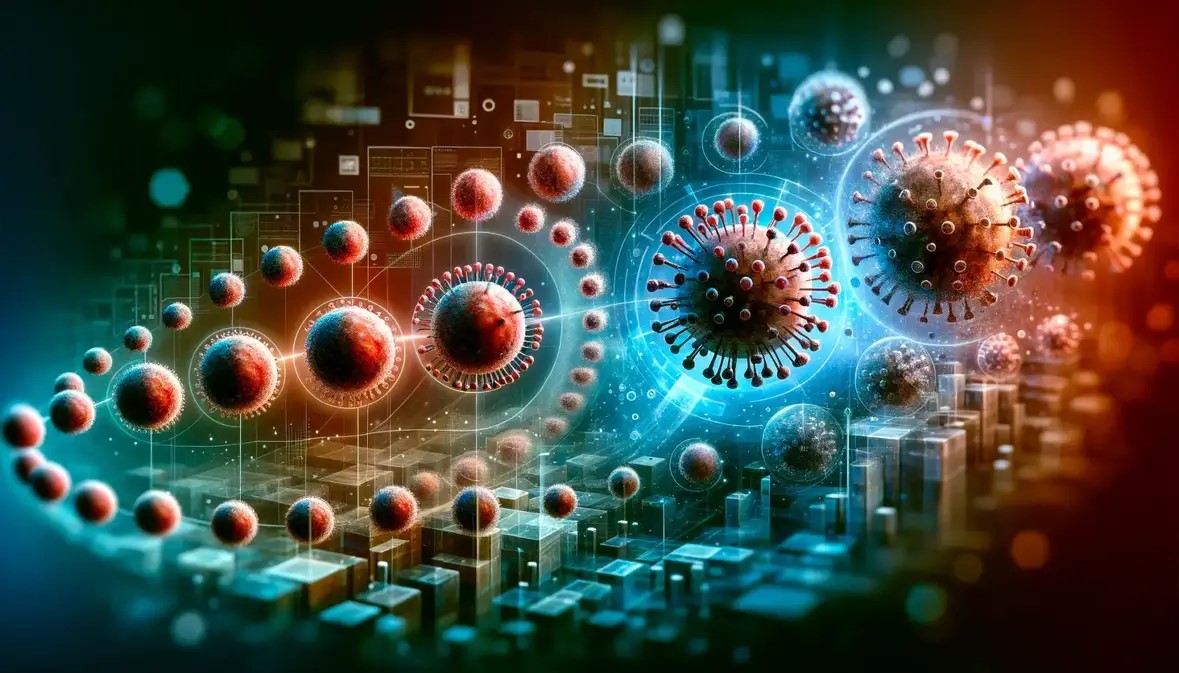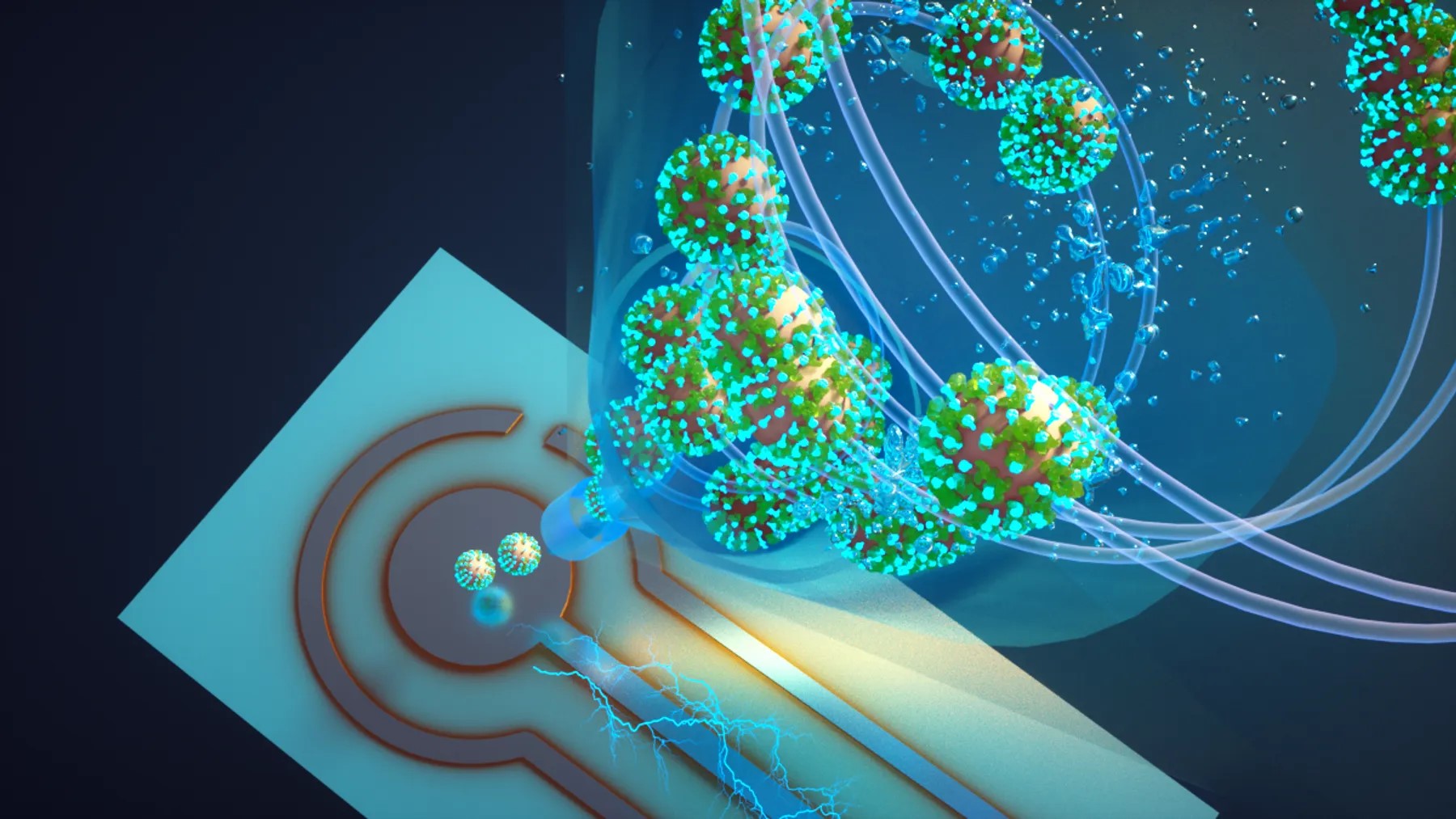Vivodyne’s Lab Grown Human Tissue Platform Gets Real with $38 Million Seed Financing
Andrei Georgescu, PhD, the CEO of Vivo dyne, pursued his interests in science and engineering during his graduate research at UPenn. With a background in microfluidics, including previous work at Cornell University, Georgescu aimed to enhance the predictability, validation, and testing of drugs. At UPenn, he crossed paths with Dan Huh, PhD, an associate professor in bioengineering, whose lab specialized in developing intricate models of human tissues.

Figure 1.The hematopoietic stem cells that populate the vascular niche of the bone marrow by colonising the outside of blood vessels are depicted in this microscope view of human bone marrow cultured in Vivodyne's lab.
Figure 1 Shows The hematopoietic stem cells that populate the vascular niche of the bone marrow by colonising the outside of blood vessels are depicted in this microscope view of human bone marrow cultured in Vivodyne's lab. Recognizing their complementary skills, Georgescu and Huh collaborated to address their respective challenges: scaling complex tissues. Georgescu, with expertise in scaling, and Huh, with proficiency in growing complex biology, formed a partnership. Despite initial skepticism about complex tissues, Georgescu became captivated when he observed cells constructing intricate structures seemingly without human intervention.
United by a shared vision to upscale data gathering before clinical trials, Georgescu not only earned his PhD in Huh's lab but also laid the groundwork for their co-founded company, Vivo dyne. Vivo dyne, with its discovery pipeline and AI-driven platform aimed at advancing drug development through direct testing on lab-grown human organ tissues, has successfully secured $38 million in seed financing. Khosla Ventures led this funding round.
Initially focusing on creating realistic tissues, Huh and Georgescu's primary objectives were to make these tissues lifelike and scalable. The Huh lab delved into biochemical mechanisms, experimenting with different cell types and media combinations to stimulate tissue self-assembly from an initial emulsion. The team aimed to create tissues that maintained both a fusible vascular network and tissue-specific functions.
In the nearly two and a half years since its inception, the nearly 50-person team at Vivodyne has built an extensive library encompassing various tissues found in the human body, along with different functional components of human organs. These tissues not only replicate the spatial organization but also mimic the functions of human tissues.
Andrei Georgescu emphasized that the only data currently available at a sufficiently large scale for AI training involves cells growing on flat plastic, lacking cell-to-cell interactions. In contrast, Vivodyne's models enable the collection of complex, human-mapped data on a high-throughput scale conducive to AI learning.
Vivodyne's approach involves cultivating tissues, introducing them into high-throughput microfluidics, and employing the Hive Pro instrument. The technology integrates the science of tissue growth, optimized methods for developing tissue-specific vasculature, support for surrounding tissue development, microfluidics engineering, and automation at scale.
Beyond tissues, the group demonstrated the vascularization of organoids in a published paper titled "Geometric engineering of organoid culture for enhanced organogenesis in a dish," showcasing the extension of their approach to engineer vascularized human enteroids. This advancement offers a platform for modelling innate immune responses in inflammatory bowel disease (IBD), presenting a technology ready for immediate deployment to engineer more realistic organ-like structures in a dish.
Rather than selling a platform, vivo dyne collaborates with drug discovery companies to generate in-house data. Their focus lies in producing clinically supporting data for pharmaceutical companies dealing with challenging patient recruitment and clinical trials, particularly in niche populations or conditions where direct testing is difficult.
Andrei Georgescu positions Vivo dyne’s platform as a crucial link between the potential of AI and the current state of AI in drug discovery. The current limitation lies not in the AI itself, the models, or the computing power, but in the input data, which predominantly comes from cells in 2D. Georgescu emphasizes that the data is not currently adequate.
Alex Morgan, a Partner at Khosla Ventures, highlights the transformative potential of Vivo dyne’s technology in testing drugs and life-saving biologics directly on realistic human tissues at an unprecedented scale and resolution. This approach aims to enhance the success rates of therapeutics entering clinical trials. Morgan underscores Vivo dyne’s role in bridging the gap between preclinical R&D and human clinical trials, with an automated platform that covers every step of the testing pipeline—from growing tissues to dosing, sampling, imaging, and data analysis. The ability to screen and develop potential lifesaving therapies by testing thousands at a time on functionally realistic human tissues marks a significant advancement for the pharmaceutical industry.
Source:TheScientist
Cite this article:
Janani R (2023), Vivodyne’s Lab Grown Human Tissue Platform Gets Real with $38 Million Seed Financing, AnaTechMaz, pp.210


